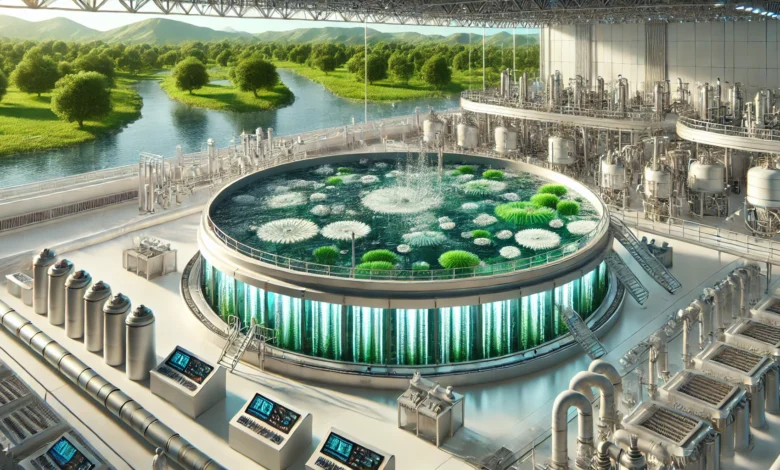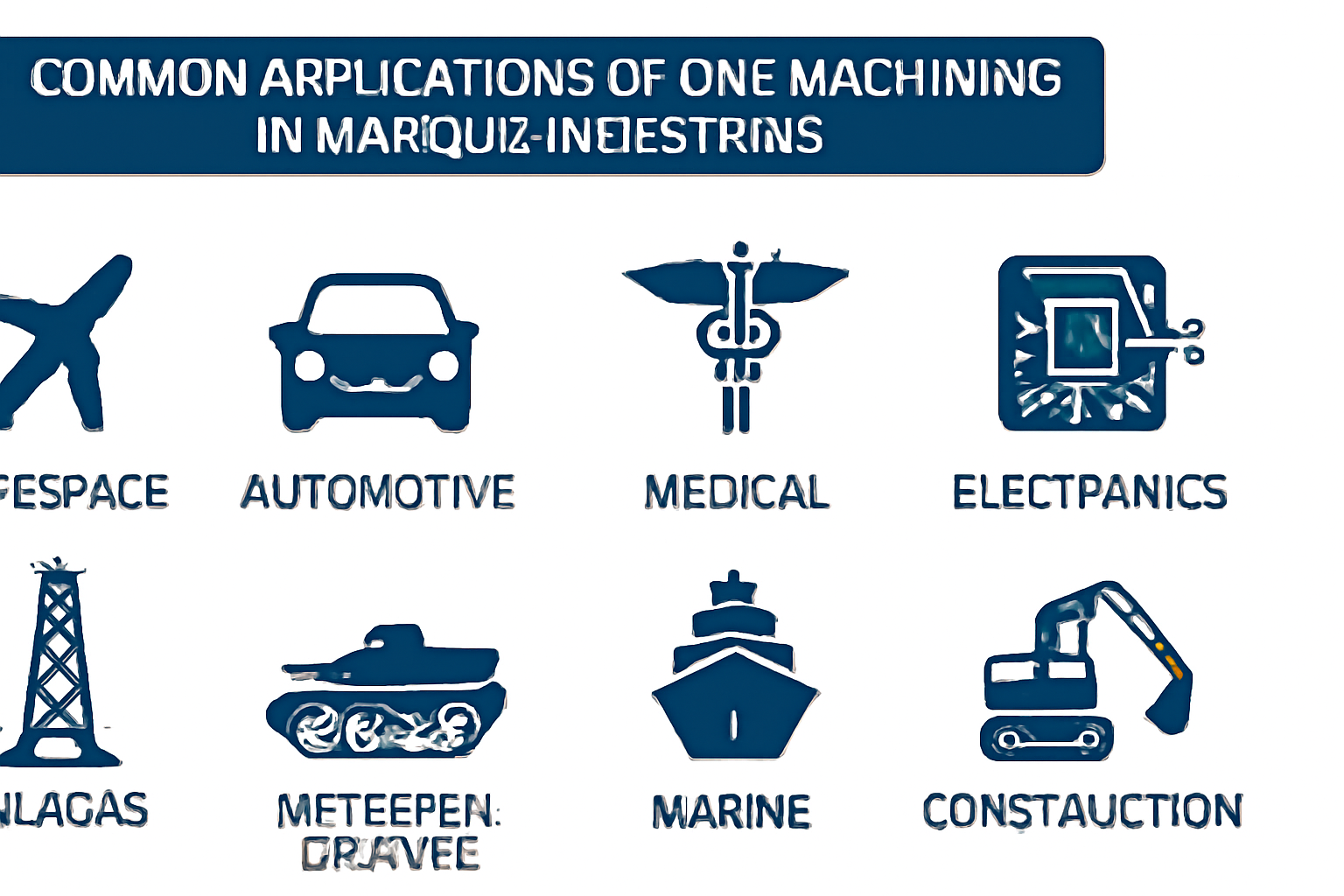K1 MBBR Media: A Breakthrough in Biological Water Filtration

Water treatment is essential for maintaining the health of our ecosystems and communities, whether it’s for drinking water, industrial purposes, or wastewater treatment. In the realm of biological filtration, innovations like the Moving Bed Biofilm Reactor (MBBR) have become game-changers. Among these, K1 MBBR media stands out as a cutting-edge solution in water treatment technologies.
K1 MBBR Media revolutionizes wastewater management by providing an optimal environment for beneficial bacteria to thrive. Unlike traditional methods that rely on static filters or large settling tanks, K1 MBBR media leverages the power of biofilm carriers suspended within a water system. These carriers provide a vast surface area for microorganisms, enabling them to efficiently break down organic waste and pollutants.
What is K1 MBBR Media?
K1 MBBR media is a type of biofilm carrier, typically made of polyethylene, designed to move freely within a treatment tank. Its structure is unique, with intricate internal patterns that offer a large surface area for bacterial colonies to attach and grow. As water flows through the media, the bacteria on the surface digest organic materials, purifying the water. This makes the K1 media ideal for biological treatment processes in both aerobic and anaerobic systems.
How K1 MBBR Media Works
The principle behind K1 MBBR media is simple but highly effective. As the media floats in the wastewater, it continually moves around, ensuring that all parts of the biofilm are exposed to the contaminants. This movement, aided by aeration or water circulation, enhances the breakdown of pollutants. The bacteria residing on the media consume organic matter, nitrogen, and ammonia, converting harmful substances into less toxic forms.
Advantages of Using K1 MBBR Media
One of the standout features of K1 MBBR media is its space efficiency. Traditional wastewater treatment systems often require large tanks and significant space, but MBBR technology, and especially K1 media, can achieve the same, if not better, results in a much smaller footprint.
The high surface area provided by K1 media means more bacteria can grow, and in turn, more waste can be treated. Moreover, K1 MBBR media does not suffer from issues like clogging or excessive buildup, which are common in other systems like trickling filters.
Key Benefits of K1 MBBR Media in Wastewater Treatment
- Consistency in Pollutant Removal: The constant movement of the media ensures that the biofilm has consistent access to wastewater, which leads to stable and reliable treatment outcomes.
- Flexibility in Handling Shock Loads: K1 MBBR media can handle fluctuations in pollutant concentrations, making it suitable for both steady-flow and variable-load environments.
- Low Maintenance: Since the media self-clean through movement, the system requires minimal maintenance compared to traditional static systems.
To buy K1 MBBR Media, visit https://www.mbbr-media.com/
Applications of K1 MBBR Media
K1 MBBR media is versatile and has a wide range of applications, including:
- Municipal Wastewater Treatment: K1 media is widely used in municipal sewage plants to treat large volumes of wastewater while minimizing land use.
- Industrial Water Treatment: Industries, especially those with fluctuating waste loads, benefit from the adaptive nature of MBBR technology.
- Aquaculture and Aquaponics: In aquaculture, maintaining water quality is crucial. K1 media helps remove toxic nitrogen compounds, providing a healthier environment for fish.
K1 MBBR Media for Nitrification and Denitrification
One of the key processes K1 MBBR media excels at is nitrogen removal. The bacteria on the media are involved in both nitrification (conversion of ammonia to nitrate) and denitrification (reduction of nitrate to nitrogen gas). This is essential in preventing eutrophication, a process that leads to excessive nutrient buildup in water bodies.
Environmental Impact of K1 MBBR Media
The use of K1 MBBR media not only improves water quality but also reduces the need for harsh chemicals in the treatment process. By relying on biological processes, it contributes to a more eco-friendly and sustainable method of wastewater treatment.
Comparison of K1 MBBR Media with Other Filtration Methods
Compared to traditional methods such as activated sludge systems or membrane bioreactors (MBR), K1 MBBR media offers several advantages. It operates with greater simplicity, requires less space, and is more cost-effective over time.
Challenges and Considerations When Using K1 MBBR Media
Despite its numerous benefits, there are a few challenges to consider. The initial setup costs can be higher than conventional systems, and maintaining proper aeration is crucial to ensure the media remains in motion. However, once set up, the system is highly efficient and requires minimal ongoing attention.
How to Implement K1 MBBR Media in Existing Systems
One of the great advantages of K1 MBBR media is its compatibility with existing wastewater treatment systems. It can be easily integrated into current setups without the need for complete overhauls. The key is ensuring the correct hydraulic retention time (HRT) and proper aeration to maximize efficiency.
The Future of K1 MBBR Media in Water Treatment
The demand for more efficient, compact, and eco-friendly wastewater treatment solutions is growing, and K1 MBBR media is at the forefront of this movement. As research continues, we can expect further innovations in MBBR technology, potentially expanding its application across various industries.
Conclusion
In conclusion, K1 MBBR media represents a significant leap forward in the field of biological water filtration. Its ability to efficiently treat wastewater in a compact, cost-effective manner makes it an invaluable tool in addressing the world’s water challenges. Whether in municipal systems, industrial plants, or aquaculture, the versatility and effectiveness of K1 media are undeniable.
